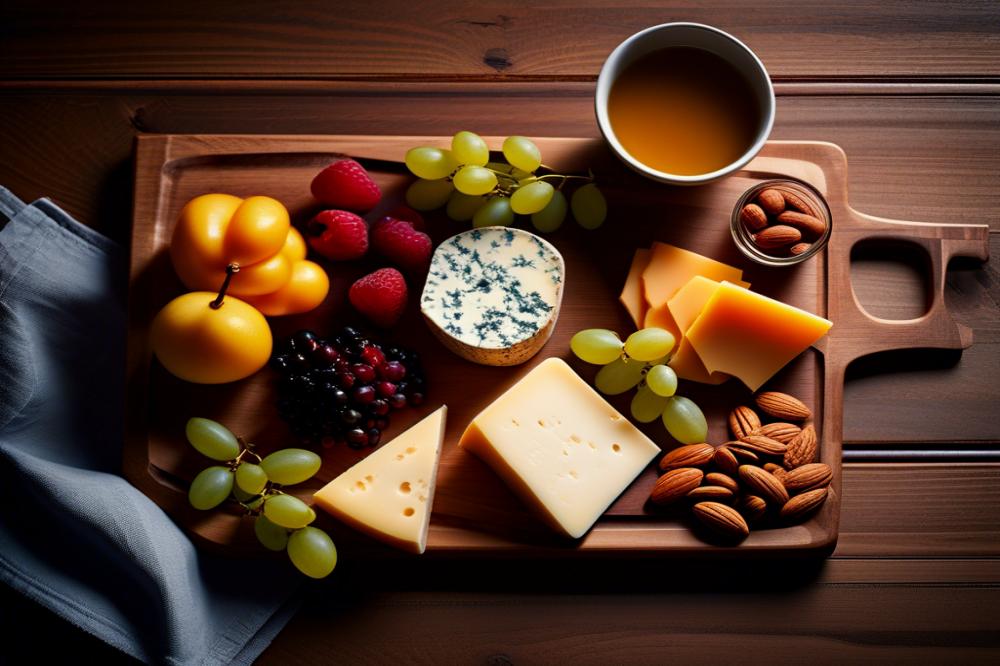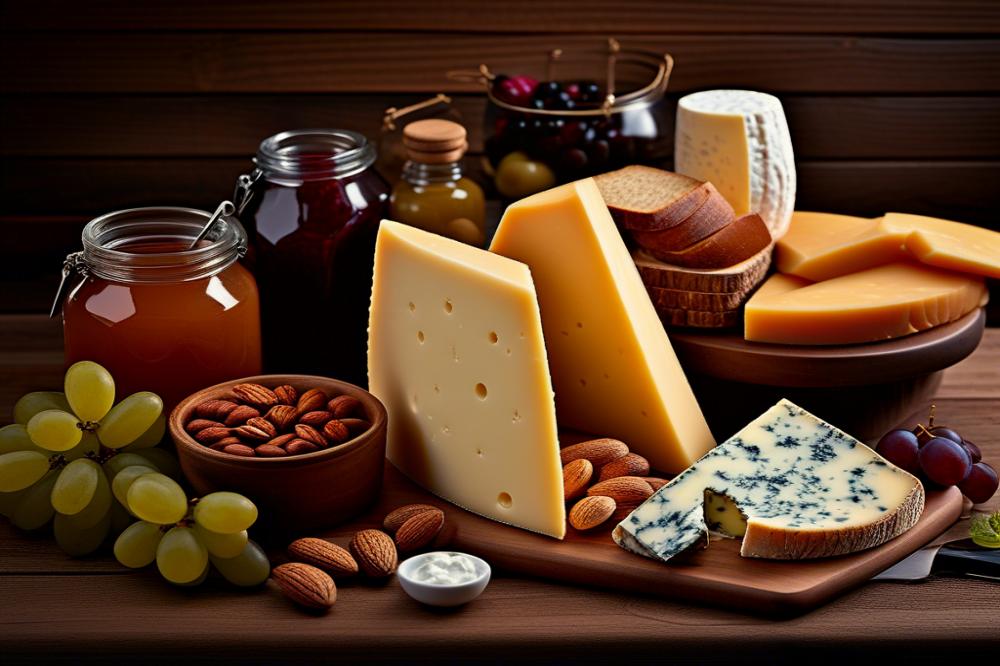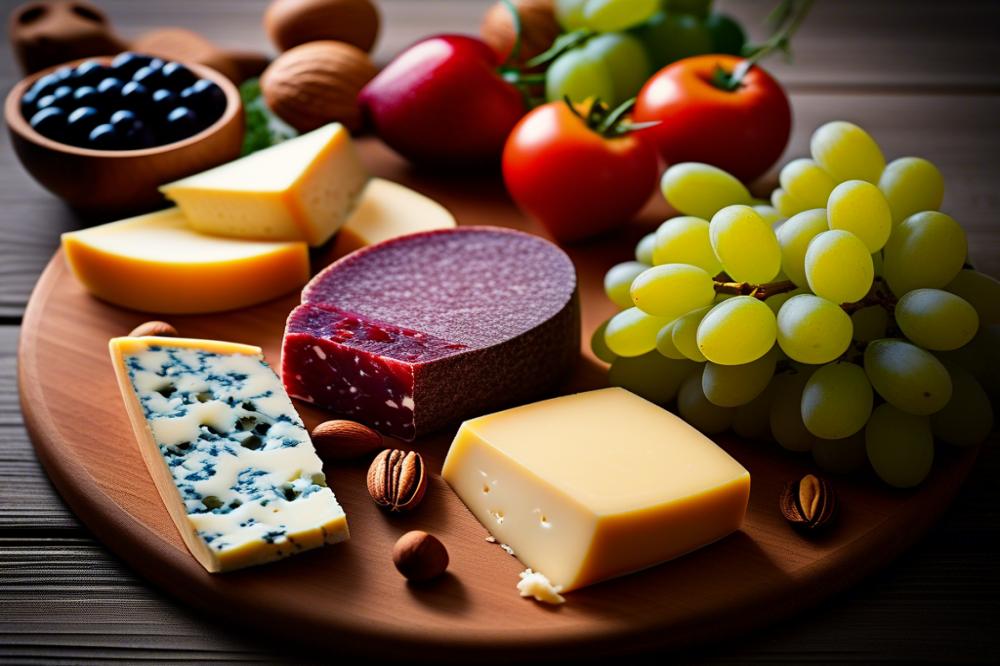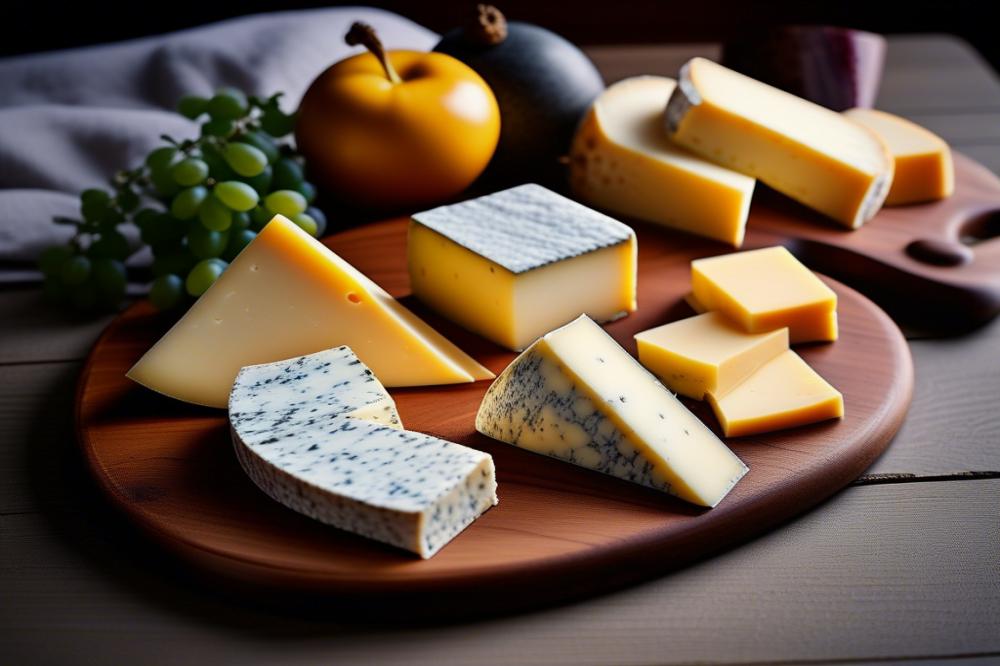Exploring the Delight of Swedish cheeses
Sweden has a rich tradition when it comes to dairy, especially with its cheeses. These cheeses play a significant role in the country’s culinary landscape. From traditional dishes to modern favorites, cheese brings flavor and depth to meals across the nation. The diversity found in Swedish cheeses is truly remarkable. There are numerous varieties, each offering its own character and taste.
When people think of cheese, they often consider texture and aging. This article will delve into the fascinating contrast between young and aged cheese. Young cheese tends to be creamy and mild, providing an approachable flavor for those new to the world of cheese. On the other hand, aged varieties boast bold, complex flavors that can take time to mature. This journey from fresh to aged is essential to appreciate the craftsmanship involved in cheese-making.
The aim here is to explore these differences in detail. By understanding both young and aged options, you can make more informed choices in the kitchen. Additionally, we’ll provide a recipe that highlights the delightful qualities of each cheese type. Whether you’re a cheese lover or simply curious, there’s much to discover in the realm of cheese.
Swedish Cheeses

Sweden offers a delightful range of cheese varieties. Each type has its own character that reflects the country’s rich dairy heritage. Among these, Västerbottensost, Herrgårdsost, and Prästost stand out as popular choices.
Västerbottensost
Often praised as Sweden’s finest cheese, Västerbottensost has a distinct, sharp flavor. It is a hard cheese that ages beautifully for at least 14 months. The texture is crumbly yet creamy, making it exceptional for grating over dishes or serving alone. A little of this cheese can elevate the simplest of meals.
Herrgårdsost
This cheese, also known as “Manor House cheese,” offers a mild and buttery taste. With a semi-hard texture, Herrgårdsost melts well, which makes it a favorite for sandwiches and casseroles. Many people enjoy it as part of a traditional Swedish smörgåsbord, where it pairs wonderfully with a variety of condiments.
Prästost
Meaning “Priest’s cheese,” Prästost delivers a slightly stronger flavor. It has a semi-soft texture that makes it very versatile. Spread it on crispbread or enjoy it in salads. This cheese’s robust taste can sometimes surprise those who try it for the first time.
Regions Known for Cheese Production
Dropping in on the cheese map, several regions in Sweden offer ideal conditions for cheese-making. Västerbotten County is renowned for Västerbottensost, while Herrgårdsost and Prästost can be found primarily in the southern parts. Each region contributes its own specific taste and quality, thanks to local milk and traditional methods.
Cheese production in Sweden not only highlights the country’s agricultural strengths but also showcases a connection to history and culture. Each bite carries a story. Whether it’s enjoyed on a busy weekday or during a festive occasion, Swedish cheeses bring people together in a special way.
young vs aged cheese

Young and aged cheeses offer very different tastes and experiences in the world of dairy delights. Flavor is one main area where these differences stand out. A young cheese tends to be mild, fresh, and creamy. For example, a young cheese like Prästost is loved for its soft texture and buttery flavor. In contrast, aged cheeses, such as Västerbotten, develop deeper, more complex flavors. They often take on nutty or sharp notes that can surprise the palate.
Texture is another key point to consider. Young cheeses possess a smooth and pliable consistency. When you slice into one, it melts easily. Conversely, aged varieties can have a firmer or crumblier texture. Many aged cheeses will crumble when you cut or bite into them. This contrast makes each type suitable for different culinary uses. Young cheeses shine in salads, spreads, or as a topping on crackers. Aged cheeses, on the other hand, are wonderful in hearty dishes or as a centerpiece for cheese boards.
Aging also plays a significant role in aroma. Young cheeses have a clean, light scent. They embrace a straightforward freshness. Aged varieties exude a robust aroma that can sometimes be strong and pungent. This complexity often comes from the breakdown of proteins and fats during the aging process. The longer the cheese ages, the more intense the smell becomes.
Nutritional content varies as well. Generally, aged cheeses have a higher concentration of flavors but can also be richer in fat. Young cheeses may have more moisture. Their nutritional profiles can cater to different dietary needs or preferences. For example, someone seeking a lighter option might prefer a young cheese, while another might enjoy the richness of aged varieties.
In summary, young and aged cheeses present a fascinating range of flavors, textures, and uses. Each category offers something distinct and enjoyable. Exploring the selection available can lead to new culinary delights. Whether you favor the creamy freshness of a young cheese or the robust character of its aged counterpart, there is something for every cheese lover.
Recipe: Swedish Cheese Board

Creating a delightful cheese board is a fantastic way to experience the distinct flavors of young and aged cheeses. This recipe highlights two specific cheeses: Västerbottensost, a rich aged cheese, and Herrgårdsost, a smooth young cheese. Together, they create a balanced and enjoyable tasting experience.
Ingredients
- 100g Västerbottensost (aged cheese)
- 100g Herrgårdsost (young cheese)
- 50g Lingonberry jam
- 200g fresh bread (e.g., crispbread or rye)
- Fresh fruit (e.g., apples, pears)
- Nuts (e.g., walnuts or almonds)
Recipe Instructions
- Start by arranging the Västerbottensost and Herrgårdsost on a large serving platter.
- Beside the cheeses, place small bowls filled with lingonberry jam.
- Cut the fresh bread into slices and add them to the platter for a satisfying crunch.
- Slice fresh fruit such as apples or pears, and arrange the pieces next to the bread.
- Finally, sprinkle a handful of nuts over the platter to add texture and flavor.
- Serve with toothpicks and cheese knives to make it easy for everyone to enjoy.
Nutritional Information
Both cheeses offer excellent nutritional benefits. Västerbottensost packs a punch with its rich taste, containing a good amount of protein and calcium. Herrgårdsost, while younger, is also a great source of essential nutrients. These cheeses can contribute to a well-balanced diet when enjoyed in moderation.
Calcium is vital for strong bones and teeth. Including dairy in your meals can help reach the daily recommended intake. The proteins found in the cheeses can support muscle health and overall wellness. Cheeses often contain probiotics, which may help maintain digestive health.
Indulging in a variety of cheeses without overdoing it can be beneficial. When enjoyed as part of a diverse platter, each bite brings a delightful experience to your taste buds. Enjoying this cheese board along with fresh fruits and nuts creates a nourishing and satisfying snack.
Final Thoughts on Swedish Cheesemaking
Swedish cheeses, whether young or aged, offer distinct and delightful taste experiences. Young cheeses often showcase freshness and mildness. Their smooth textures and subtle flavors make them perfect for snacking or pairing with fruits and light crackers.
Aged varieties, on the other hand, bring depth and complexity. Intense flavors and firmer texture differences define them. The aging process enhances their rich, savory notes. These cheeses work wonderfully in heartier meals or enjoyed simply with crusty bread and a glass of wine.
Both styles play a significant role in Sweden’s culinary scene. Young cheeses are often shared at gatherings, while aged versions are celebrated during festive occasions. Exploring these options invites you to experience Swedish culture firsthand. It’s an open door to enjoying local traditions.
When visiting Sweden, make it a point to sample these delicious dairy creations. Trying various types can deepen your appreciation for this country’s gastronomy. Discovering flavor profiles will enrich your culinary journey. Don’t miss out on the chance to expand your palate. Embrace the diversity and charm that comes with each bite.



